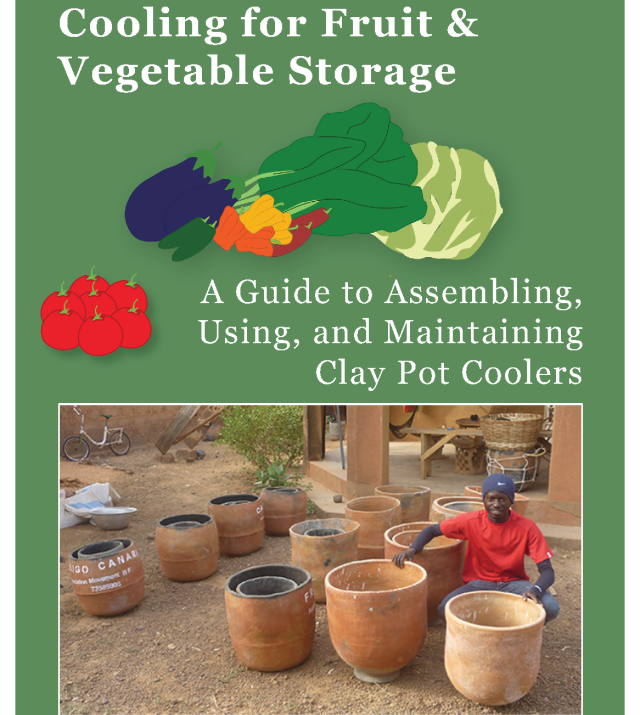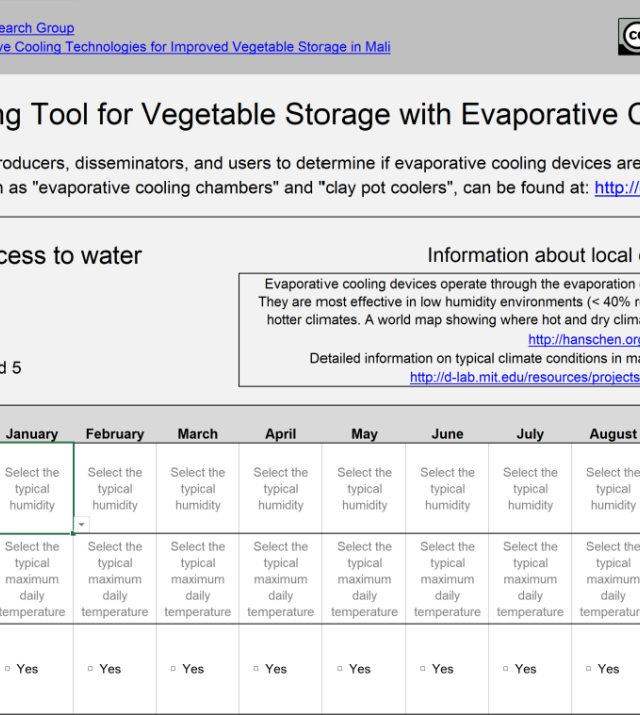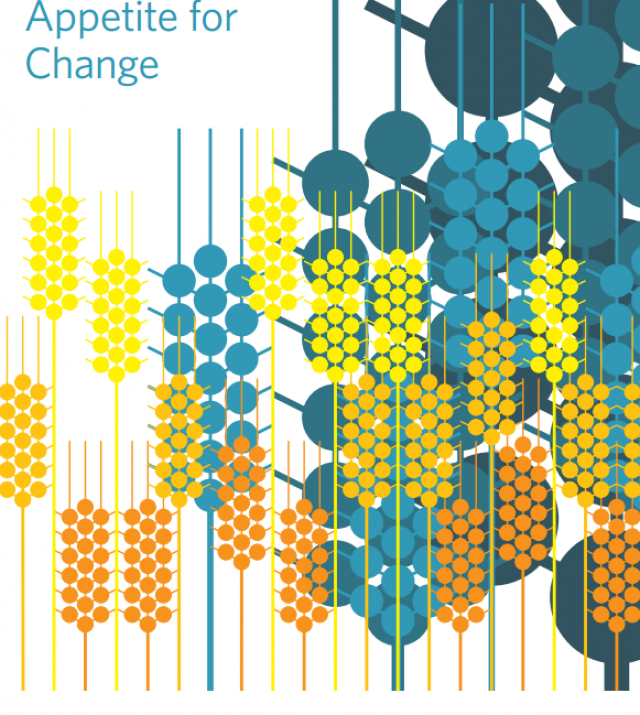
Food Assistance Programming in the Context of HIV

There is increased acknowledgment in the development community of the links between food insecurity and HIV, and the corresponding need to integrate food and nutritional support into a comprehensive response to the epidemic. In areas of high HIV prevalence, many food assistance agencies have recognized the need to adjust conventional food assistance interventions to respond to vulnerabilities related to HIV’s impact on individuals, households and communities.
The goal of the guide is to improve capacity to design and implement food assistance programs in the context of HIV by providing a set of tools, promising practices and key considerations that enhance the flexibility and appropriateness of program design and implementation modalities.
The principal audience for Food Assistance Programming in the Context of HIV includes WFP regional and country offices, WFP implementing partners, USAID regional and country Mission Offices of HIV and Food for Peace (FFP), as well as Title II Cooperating Sponsors (CSs), and other governmental and non-governmental organizations that use food assistance to save lives, provide nutrition care and support and enhance resilience and adaptive capacity among food-insecure households and those affected by HIV. The guide is written for program directors, program advisors and senior program managers who are directly involved in the analysis and formulation of food assistance strategies and country program activities at HQ and in regional and field offices.

